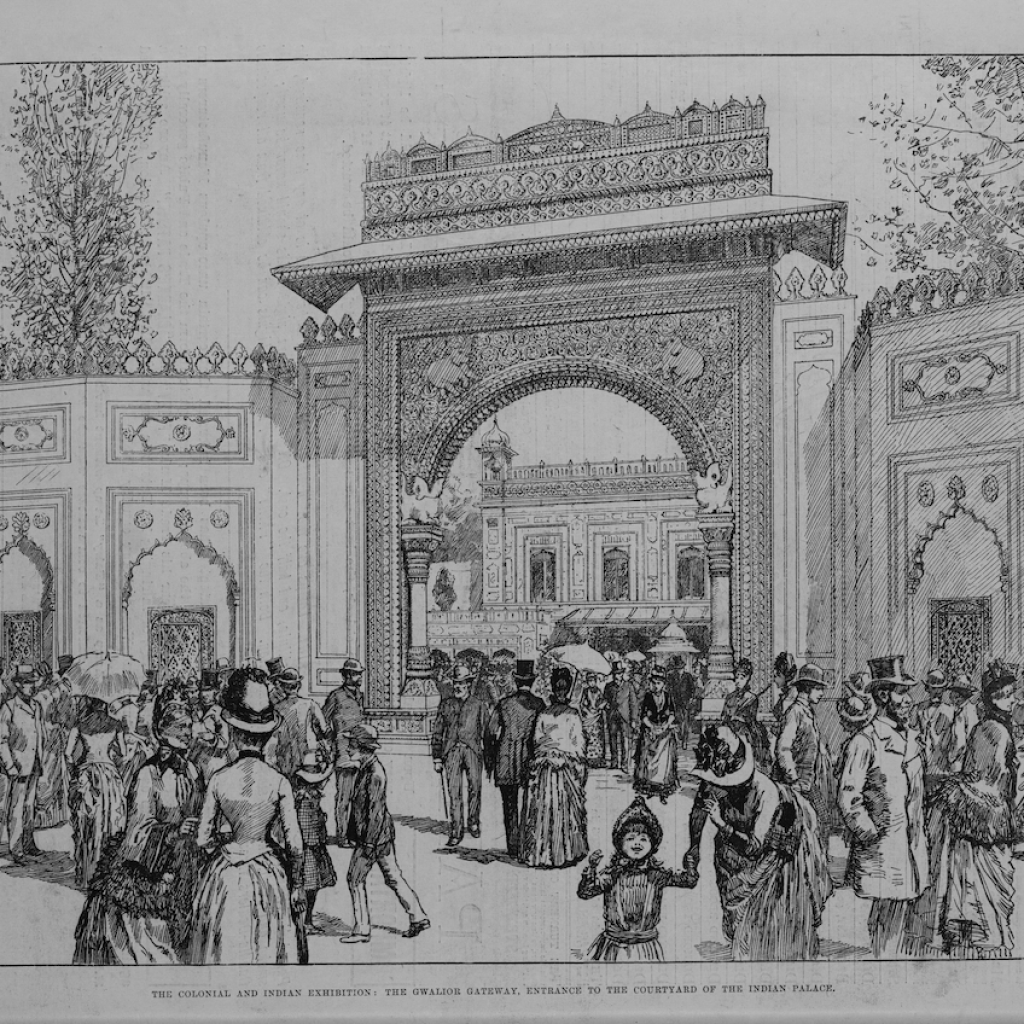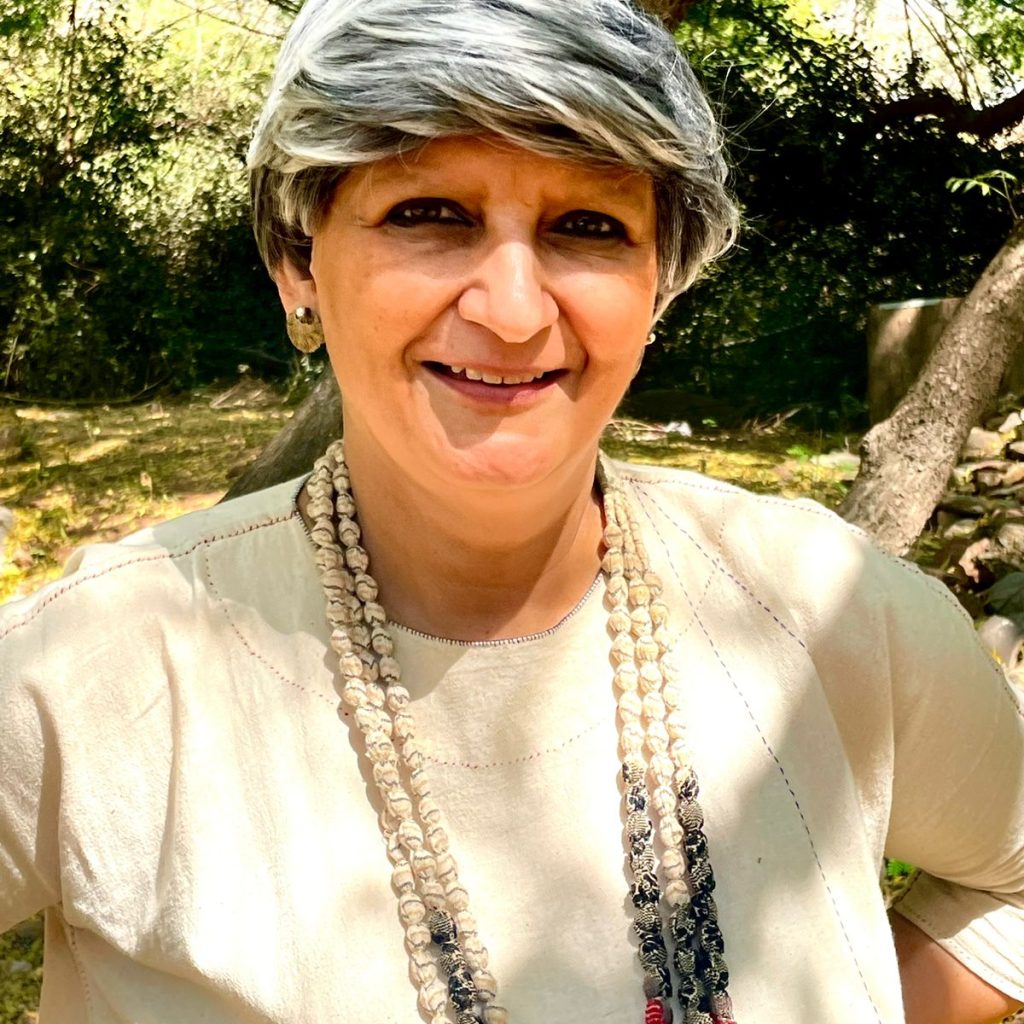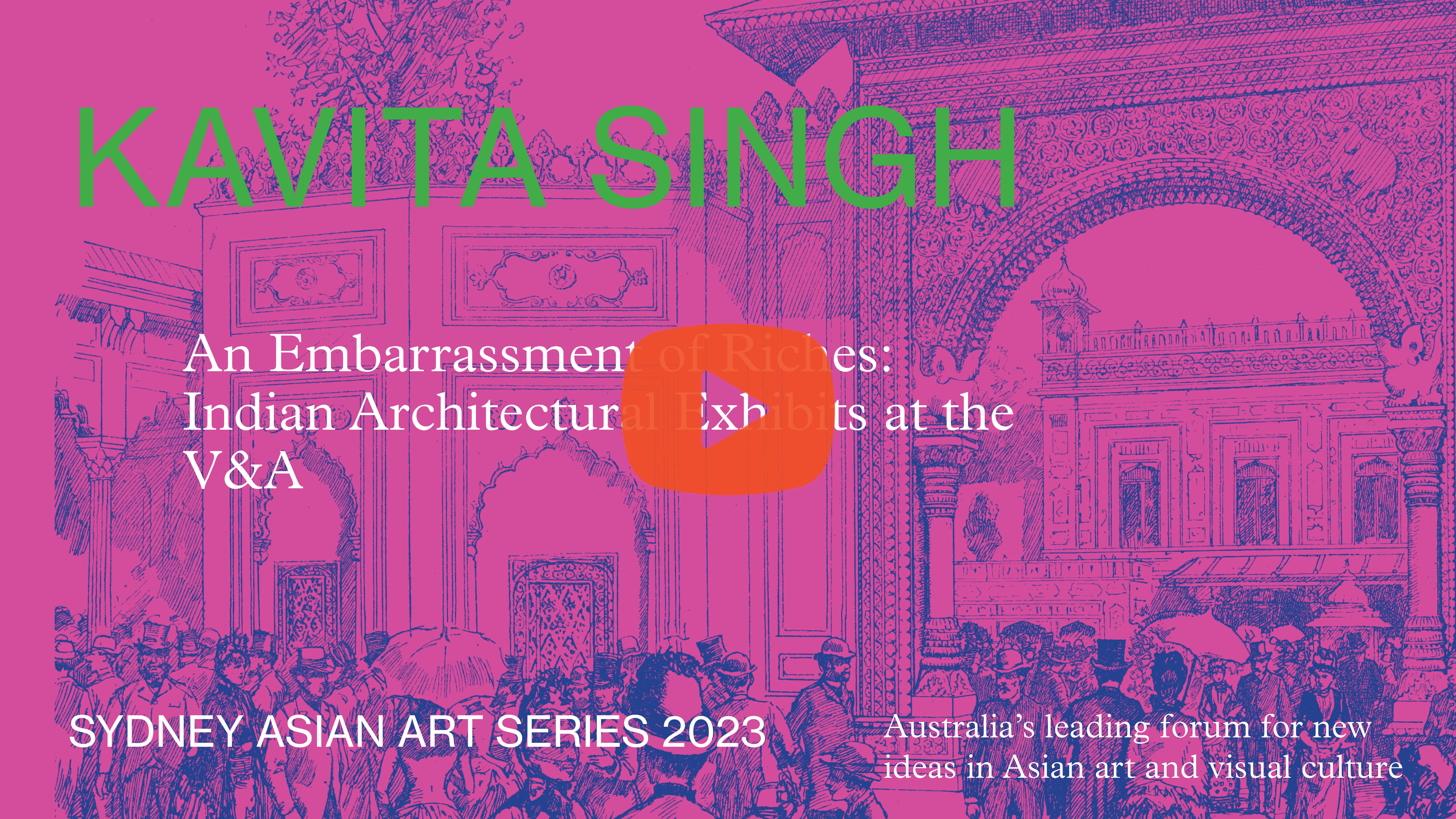An Embarrassment of Riches: Indian Architectural Exhibits at the V&A

A lecture on the hidden histories of museums.
The Gwalior Gateway as the Entrance to the Courtyard of the Indian Palace, The Colonial and Indian Exhibition of 1886. Illustration for The Illustrated London News, 10 July 1886.
As colonial regimes excavated and collected artifacts and disassembled monuments and transported them part-by-part to metropolitan museums, the promise they held out was of preservation: objects buried under the earth and buildings mouldering in the jungle would be rescued from the elements, from ignorant natives, from the ravages of time. In the museum, they would be kept safe for times to come. But the museum is not always hospitable to the objects it collects. This talk demonstrates this by tracking four significant architectural-scaled objects from India that were or are in the collection of the Victoria and Albert Museum but can no longer be seen there.
When each of these objects arrived at the V&A in the high period of colonialism in the 19th century, they were hailed as important acquisitions and were put prominently on display. There, they testified to Indian artistic traditions as well as the colonial power and infrastructure that allowed such large-scale artifacts to be collected. However, what appears as an embarrassment of riches in one era may become an embarrassment in another. Over time, each of the artifacts tracked in this talk fell prey to changing priorities: the end of Empire and the decline of India’s strategic importance; changing tastes; micro-politics of the museum and interdepartmental competition for space; and anxieties about the calls for repatriation in the postcolonial era. As a result, as we shall see, each of these objects that was collected for a distinct purpose in service of a particular colonial agenda, was taken off view for a different reason, and in a different way. While most studies of museum histories focus on objects that are on display, the fortunes of the four artefacts discussed in this lecture, it is hoped, will open a door to other, more hidden histories of the museum.
Series convened by Olivier Krischer and Alex Burchmore, and co-presented by the Power Institute and VisAsia at the Art Gallery of NSW.
People

Kavita Singh
Kavita Singh is an art historian based in New Delhi, who works on the history of Indian painting, and the history and politics of museums. Formerly Professor and Dean at the School of Arts and Aesthetics, Jawaharlal Nehru University, she has published essays on issues of colonial history, repatriation, secularism and religiosity, fraught national identities, and the memorialization of difficult histories as they relate to museums in South Asia and beyond. She has also published widely on Mughal painting, exploring style as a visual language self-consciously used by artists as a vehicle of meaning. She is the editor and author of numerous acclaimed books, including: No Touching, No Spitting, No Praying: The Museum in South Asia (co-edited with Saloni Mathur, Routledge, 2014), Museums, Heritage, Culture: Into the Conflict Zone (2015), Real Birds in Imagined Gardens: Mughal Painting Between Persia and Europe (2016), Museum Storage and Meaning: Tales from the Crypt (co-edited with Mirjam Brusius, 2017) and Scent Upon a Southern Breeze: The Synaesthetic Arts of the Deccan (2018). Singh was awarded the Infosys Prize for the Humanities in 2018 and was elected to the American Academy of Arts and Sciences in 2020.

